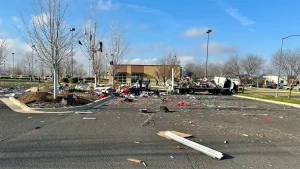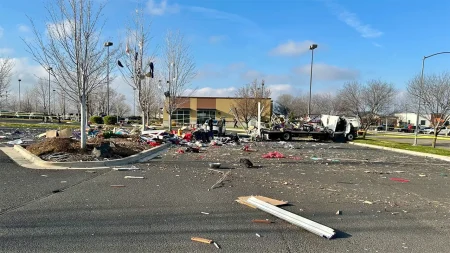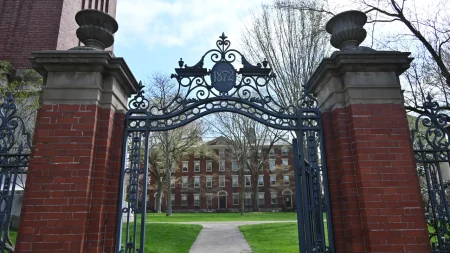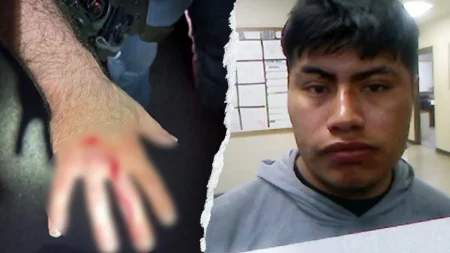Immigration Raid in Chicago: A Complex Story of Community, Crime, and Civil Rights
On a night that would forever change a Chicago neighborhood, immigration agents swept through an apartment building, resulting in the detention of not just undocumented immigrants but dozens of American citizens as well. This controversial raid came after years of mounting problems in the building, where crime had flourished amid persistent landlord neglect. Families were woken in the middle of the night, many confused and frightened as they were taken into custody regardless of their legal status. The operation highlighted the complicated intersection of immigration enforcement, urban decay, and civil liberties in America’s cities.
The apartment building had long been a microcosm of urban challenges before it became the target of immigration enforcement. Residents had endured deteriorating conditions as absentee landlords ignored maintenance requests, leaving families to contend with broken heating systems, water damage, and security concerns. Crime gradually took root in these neglected spaces, with some units allegedly becoming centers for illicit activities. Many law-abiding residents—both immigrants and citizens—found themselves trapped in an increasingly dangerous environment, unable to afford moving elsewhere but fearful of what was happening around them. Community members had repeatedly called for help from city officials and police to address these issues, but meaningful intervention remained elusive until it came in a form few had anticipated.
When federal agents arrived in the dead of night, they implemented an operation that appeared to make little distinction between immigration enforcement and general crime suppression. Doors were knocked on and sometimes forced open as confused residents, many still in their nightclothes, were ordered to present identification. The chaos and confusion led to dozens of American citizens being detained alongside undocumented immigrants, raising serious constitutional questions about the raid’s execution. Families were separated, children left frightened and sometimes alone as parents were taken away. One resident, a U.S. citizen for over fifteen years, described being handcuffed despite showing her passport, told that verification would happen “at the processing center” instead of on-site where her documentation was readily available.
The aftermath created a ripple of consequences throughout the community and beyond. Local advocacy groups quickly mobilized, providing legal assistance to those detained and support for children suddenly separated from their parents. Civil liberties organizations filed emergency motions challenging the constitutionality of detaining U.S. citizens during an immigration operation. City officials, some of whom had previously called for action against crime in the building, now found themselves criticizing federal methods that swept up innocent residents alongside potential lawbreakers. The building itself became a symbol of the complex challenges facing urban America—where demands for safety sometimes conflict with civil liberties, where immigration enforcement intersects with housing policy, and where vulnerable communities often bear the brunt of systemic failures.
For many residents, the raid represented not just a single night of trauma but the culmination of being caught between multiple failing systems. They had lived with the stress of increasing crime while their concerns about building safety went unaddressed by landlords focused on profit rather than maintenance. They had sought help from local authorities who seemed unable or unwilling to meaningfully intervene until federal enforcement arrived with its own aggressive approach. One family, headed by a healthcare worker who had lived in the building for nearly a decade, expressed the painful irony of finally seeing attention paid to their building—not to fix its problems, but to treat all residents as potential criminals or deportable immigrants regardless of their status or contributions to the community.
The complex story of this Chicago apartment building raises difficult questions about how America addresses the interwoven challenges of immigration, urban housing, crime, and civil rights. The raid revealed the human cost when enforcement actions fail to distinguish between different members of a community, but it also highlighted how neglect and inaction can allow problems to fester until extreme measures seem justified. Moving forward requires a more nuanced approach that protects community safety while respecting constitutional rights, that addresses immigration concerns without traumatizing citizens, and that holds landlords accountable for maintaining dignified living conditions for all residents. Most importantly, it demands that we see the humanity in every person affected—from the frightened children to the elderly residents to the working families who simply sought affordable housing in a city of increasingly limited options.









